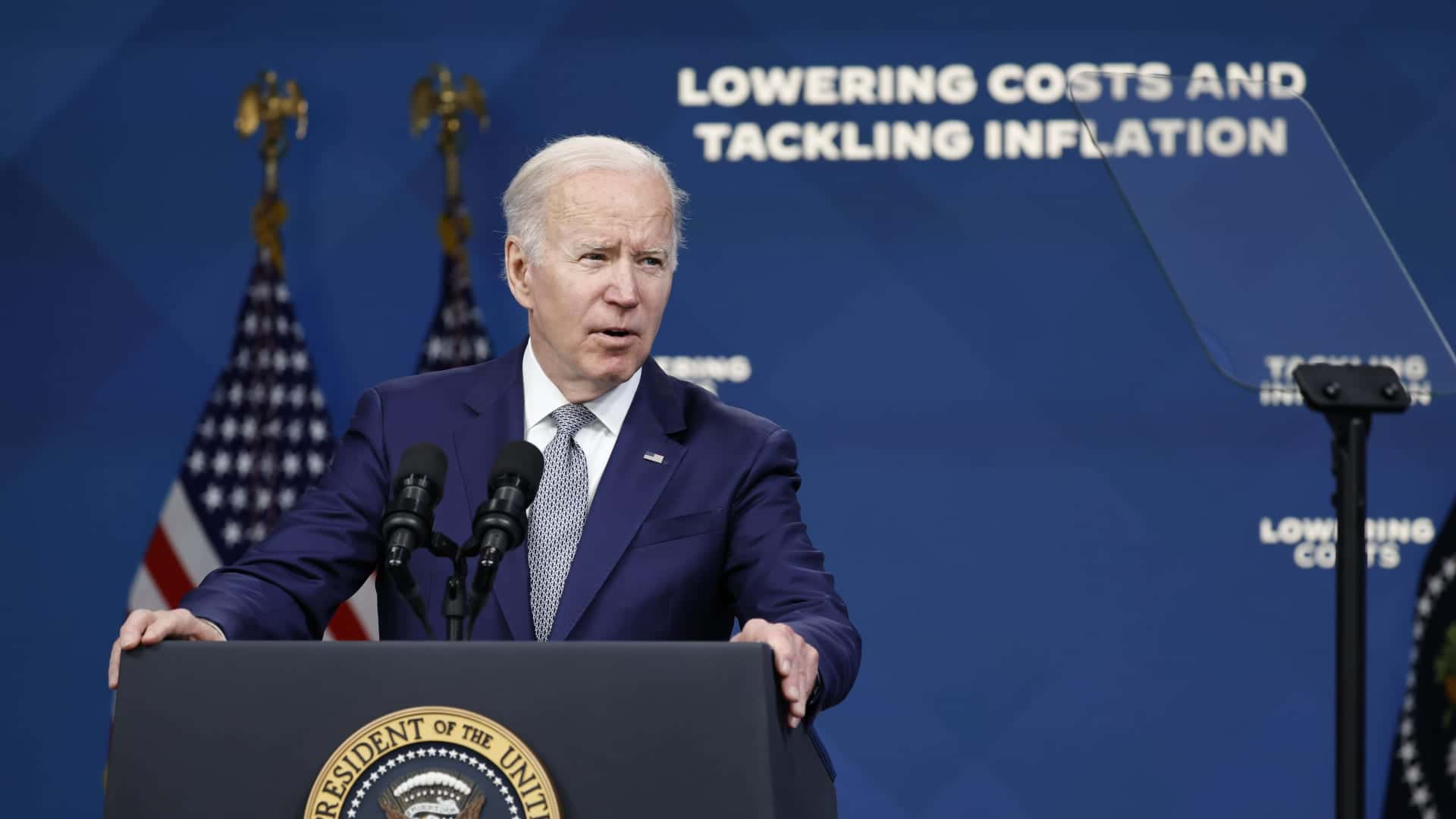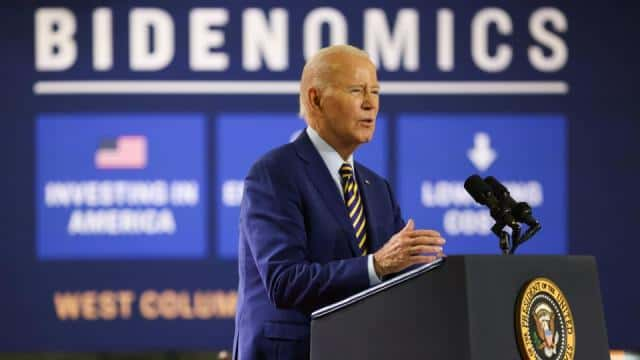In his blog, he wrote that voters in the United States obviously have a difficult time understanding economics. A voter who plans to purchase a home or a car may vote for a candidate who is knowledgeable about economics.

Biden seems to be a poor choice for vice president when it comes to economics. However, as the country experiences cooling inflation today, he might see a return on his Bidenomics. Compared to just a year ago, inflation has decreased to a comfortable 3 percent from 9.1 percent.
The US’s annual inflation rate dropped to 3% last month, according to the most current Consumer Price Index, which the Bureau of Labor Statistics released on Wednesday.
That represents a remarkable decline from June of last year when rising energy prices caused inflation to soar to 9.1%, the fastest yearly rate since Olivia Newton-John’s “Physical” sweated her way to the top of the charts.
The CPI now shows a 12-month streak of cooling inflation, which is at its lowest level since March 2021.
Cooling inflation. What this means to consumers.
For consumers whose purchasing power and monthly budgets have been eroded over the past two years by persistently high and prevalent price hikes, the most recent data shows a pleasant pattern of cooling inflation.
Consumers don’t need to be as concerned about price increases as they formerly were, according to William Ferguson, an economist and Grinnell College professor in Iowa.
According to Refinitiv, the June annual rate came in below economists’ projections of 3.1% growth and is down from 4% in May. According to the data, prices grew by 0.2% on a monthly basis, which is less than the 0.4% increase witnessed in May.
Although they increased 1% from May, gas prices are still down about 27% from a year ago. For the year ending in June, prices at grocery stores and restaurants have increased by 5.7% and 4.7%, respectively. However, eating out continues to be more expensive: the data shows that food inflation is up 7.7% year over year.
“That’s Bidenomics in action,” President Joe Biden said. “Today’s report brings new and encouraging evidence that inflation is falling while our economy remains strong.” He added, referring to the cooling inflation.
Some economists have suggested, however, that if cooling inflation continues and the economy shows significant symptoms of cooling inflation, the July increase may be the Fed’s final.
Used-car prices, for example, have been reducing, with expenses down 5.2% in June. Automobile manufacturers are finally producing more vehicles as supply problems have subsided. As a result, new-car costs have also started to decline.
American households that have been squeezed by the price acceleration that started two years ago may notice a significant improvement in their situation if cooling inflation continues over the long term. Inflation rose as consumers increased their expenditure on products like exercise bikes, standing workstations, and new patio furniture, fuelled by three rounds of stimulus payments. The surge in consumer demand strained supply chains, sparking inflation.




